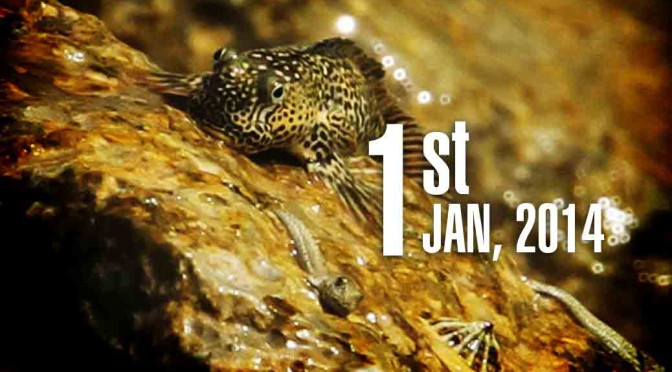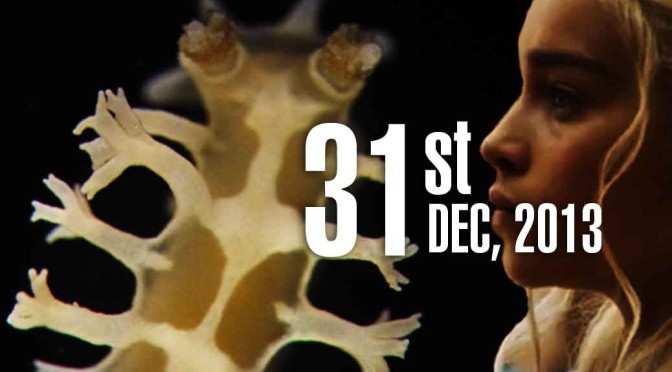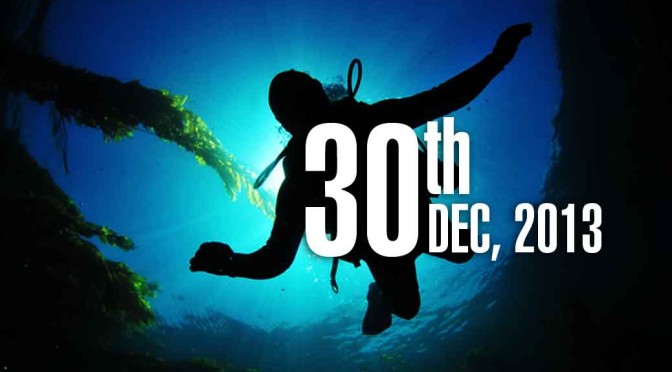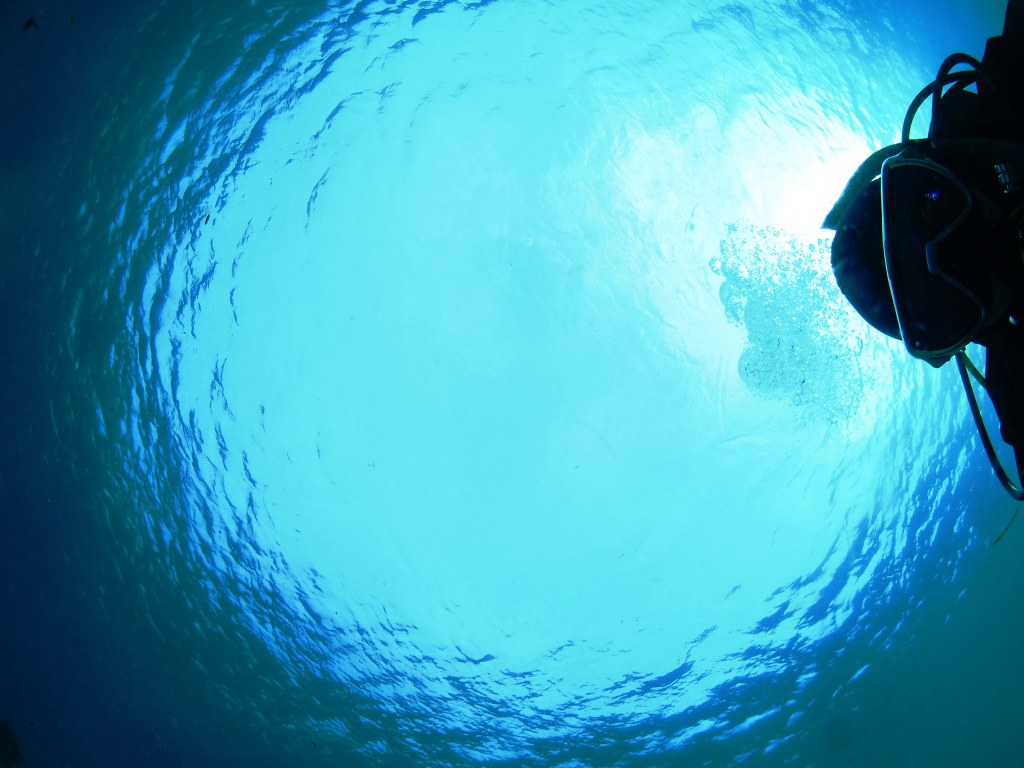By Anupum Pant
The record of geomagnetic storms has been kept for around 160 years now and among all the flares observed till date, the Carrington event was the most powerful ever.
The Carrington super flare
The 1859 Solar Superstorm, or the Carrington Event, was an enormous magnetic shock wave sent towards the Earth by the Sun. It caused a massive disturbance in Earth’s magnetosphere. The effects of this super flare observed here on earth were literally awesome.
Effects
Story: While studying sunspots on Sept 1, 1859 Richard Carrington, an astronomer observed a blinding white light that appeared over local parts of the sun. And 5 minutes later, it was all gone. As if nothing had happened.
Before dawn the next day, skies all over planet lit up. The lights in the sky were so brilliant that people said they could read text like they could read it in the daylight. Red, green and purple auroras pulsated even at tropical areas like Cuba, Bahamas, Jamaica, El Salvador, and Hawaii. The whole world saw auroras that day.
An American newspaper reported:
The phenomenon was very similar to the display on Sunday night, though at times the light was, if possible, more brilliant, and the prismatic hues more varied and gorgeous. The light appeared to cover the whole firmament, apparently like a luminous cloud, through which the stars of the larger magnitude indistinctly shone. The light was greater than that of the moon at its full, but had an indescribable softness and delicacy that seemed to envelop everything upon which it rested. Between 12 and 1 o’clock, when the display was at its full brilliancy, the quiet streets of the city resting under this strange light, presented a beautiful as well as singular appearance. – from Wikipedia.
Telegraph systems all over the world went out of control. Some discharges shocked telegraph operators and fires were reported at few places. Due to the temporary disturbance in the magnetic field, current was induced in the wires and machines disconnected from the batteries still allowed telegraphs to be sent.
Luckily in those times, we did not have any satellites, or more importantly, any humans up in the sky; they would have been fried.
What if it happened now?
Today, electronic technologies have become far more refined and have moved into the common man’s life. If an event of such sizes takes place now, power lines and long-distance telephone cables could get seriously affected by it. A similar event of a little lesser intensity happened in 1989 – It was Friday the 13th and several ill effects were experienced.
Radar, cell phone communications, and GPS receivers could get disrupted. Humans in space would be in great danger. Astronauts, after having observed a flash of light would have only minutes to find shelter – probably a properly shielded spacecraft.
Scientists say that there is little we can do to protect our things from a storm like this. It is estimated that re-occurrence of a Carrington class event today, could cost the world economy around $2.6 trillion.
If you liked this article, do subscribe to my daily newsletter to receive the articles in your mail everyday. What could be better way to make sure that you learn at least one new thing everyday.


























































































